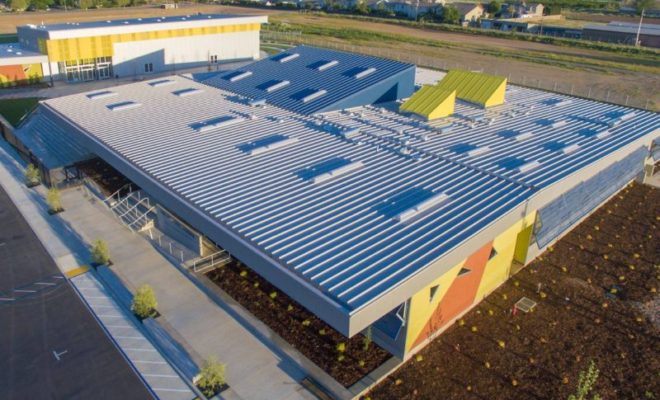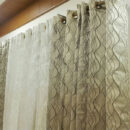How Thermal Insulation Coating Can Help Improve The Energy Efficiency Of Your Factory Or Commercial Buildings

Thermal insulation refers to any material that slows down heat transfer from the outside to the inside of a structure and vice versa. To address the inefficiencies of conventional insulation solutions like glass, wool, and urethane (e.g., they take up significant space and are difficult to install and maintain), many people resort to using thermal insulating coatings.
Applied like paint, these coatings are quick to put on different types of surfaces — from weather-exposed surfaces and interior walls and ceilings to the surfaces of machinery and pipes. They’re lightweight, space-saving, and long-lasting. Insulation coatings are for you if you own a factory or commercial building and need an insulation option that ticks all the right boxes. This article particularly spotlights how this product can improve your space’s energy efficiency.
Enhanced Energy Efficiency
When an object absorbs sunlight, its surface will have an increase in temperature. As the temperature between an object’s surface and interior differs, heat transfer will occur. People rely on heating, ventilation, and air conditioning systems to maintain the optimal internal temperature of bigger structures like buildings and factories. But without proper insulation, HVAC systems will be overworked and that will lead to higher energy bills.
In the US, the top sectors that consume energy are the buildings and industrial sectors. Investing in insulation solutions like thermal insulating coatings is a must to lessen energy consumption. They’re proven to reduce energy costs anywhere from 20 to 40%.
There are four main types of coatings available in the market:
Obstructive. This type of coating is formulated to resist heat transfer. It’s typically composed of resin, fillers, pigments, solvents, and additives that work altogether to prevent heat from getting transferred into a structure’s interior in the first place. The thicker the coating, the more effective it will be.
Reflective. In this mechanism, the coating isn’t resisting heat transfer. Rather, they absorb a portion of the solar energy and reflect a bigger fraction to external space. To attain better energy efficiency, your coating must have a higher reflectivity rate (it must not necessarily be thicker).
Radiative. With special fillers as its key ingredients, radiative coatings are engineered to absorb while radiating solar energy simultaneously. This mechanism allows such coatings to actively cool the object it covers — and don’t just resist heat transfer.
Composite. As its name implies, this type of thermal insulation coating combines the obstructive, reflective, and radiative properties of the types mentioned above.
As stated, insulation coatings can be applied on a wide array of surfaces. This makes them versatile enough to make factories and buildings of various shapes and sizes to be more energy efficient.
More Perks of Investing in Thermal Insulating Coatings
Besides reducing energy costs, insulating coatings also help improve interior comfort by minimizing heat transfer and boosting a structure’s soundproofing. When noise and vibrations are blocked, the occupants of your building and factory will be more productive.
Many coatings today also have anti-corrosive properties. They obstruct, reflect, or radiate heat and prevent corrosion-inducing elements like water, oxygen, acids, and enzymes from permeating your structure. As a result, you can maximize its lifespan — all while avoiding spending too much money on repairing corrosion and other damage caused by extreme temperatures. They don’t take much space and they’re easy to maintain. All these make them all the more cost-effective in the long run.

